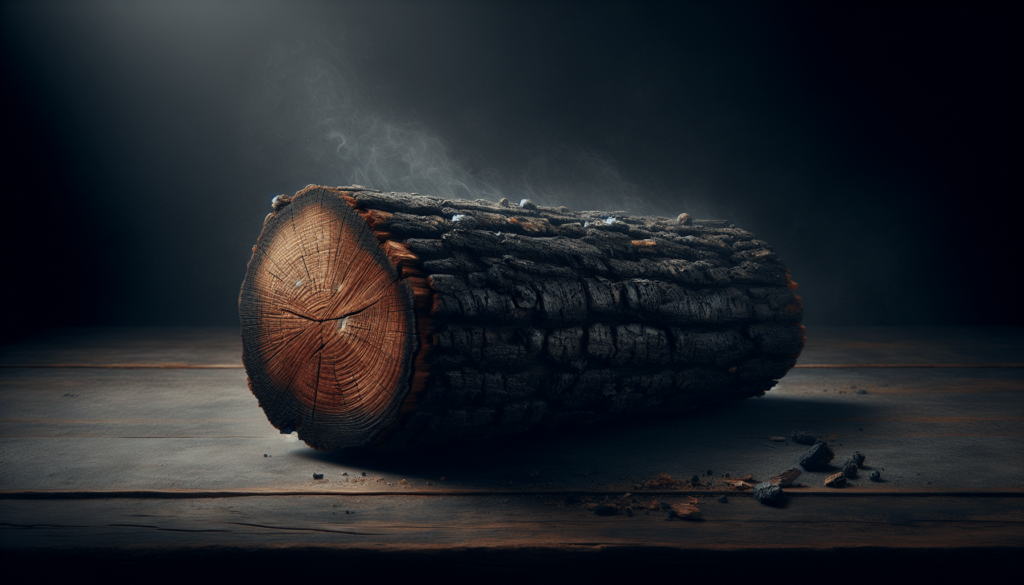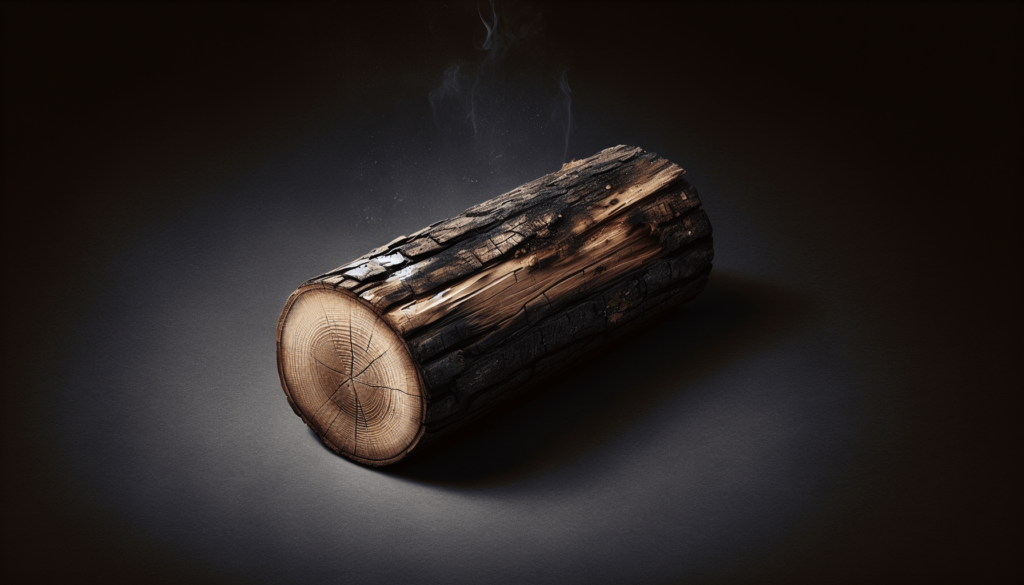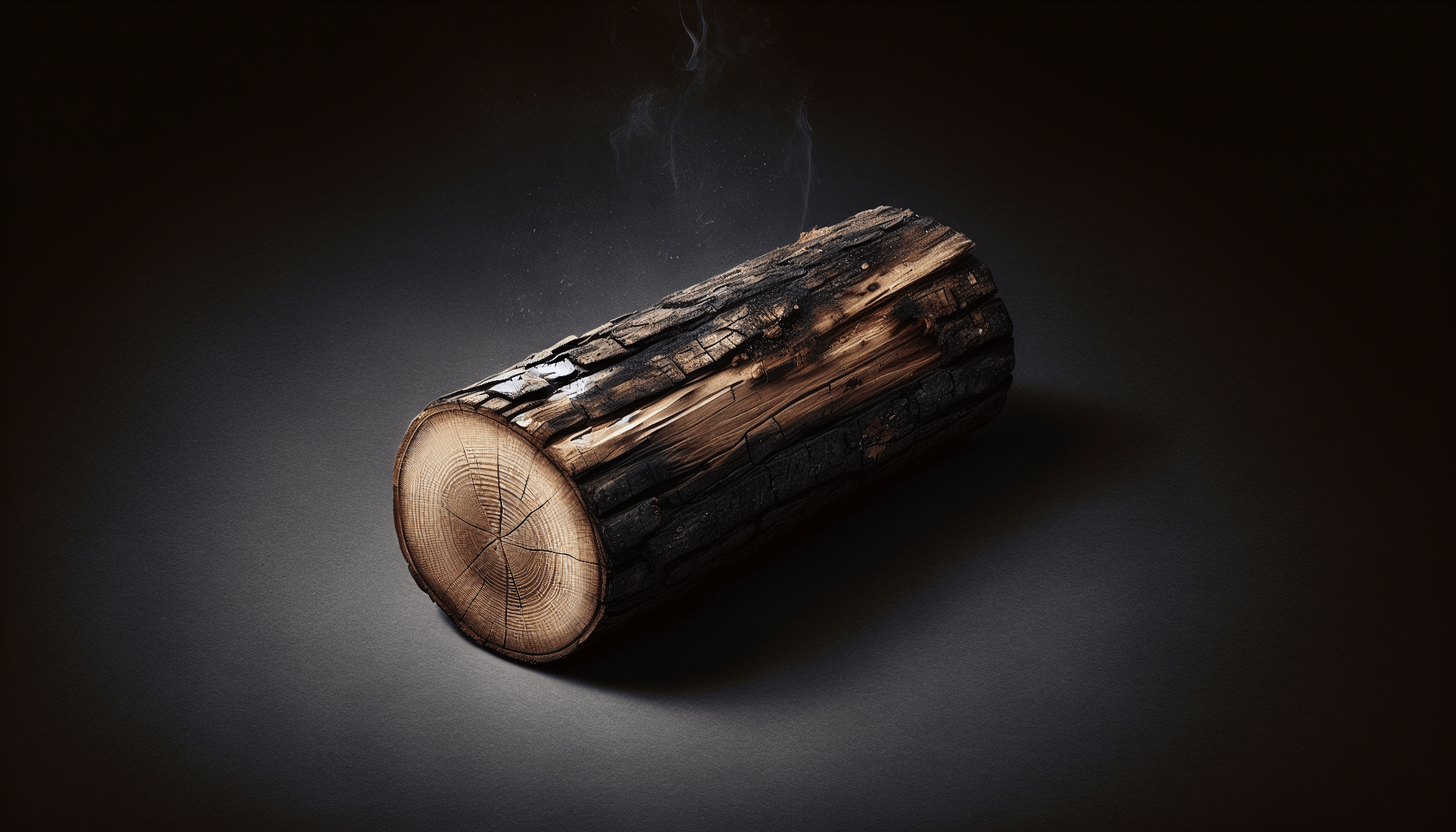Is It Hard To Burn Wood?” explores the surprising intricacies of a seemingly simple task. While many of us think lighting a fire is just a matter of striking a match and tossing it onto a pile of wood, there’s actually a bit more to it. I delve into the types of wood, moisture content, and proper stacking techniques that can make all the difference between a roaring blaze and a frustrating fizzle. This article will guide you through the process, turning you into a fire-starting pro in no time.
Is It Hard To Burn Wood?
Have you ever tried to start a fire and wondered, “Is it hard to burn wood?” I know I have. In fact, the act of striking a match and watching it grow into a roaring fire sounds so simple in theory, I might as well be trying to bake a soufflé on a mountain top for all the success I’ve had. Let’s dive into the subject together and see if burning wood is as straightforward as it seems or if there’s more to it than meets the eye.

Understanding the Basics of Wood Burning
You might think burning wood is as simple as lighting it up and walking away. However, it’s essential to first understand the basics to make the process smoother.
What is Wood Made Of?
Knowing what wood is comprised of can help demystify why some wood burns easily while other types take forever.
| Component | Description |
|---|---|
| Cellulose | A complex carbohydrate that makes up the primary structure of a plant cell wall. |
| Hemicellulose | Also a carbohydrate but less complex; it decomposes faster than cellulose. |
| Lignin | This component gives wood its rigidity and facilitates its burning by providing a steady, slow burn. |
| Water | Even seasoned wood retains some moisture, which affects how well it burns. |
| Volatile Organic Compounds (VOCs) | Various compounds that escape as gases when wood is heated; they partly fuel the flame. |
Knowing these components is like understanding the cast of characters in a story: it provides context and helps you predict how things will unfold.
Types of Wood
When it comes to burning wood, not all species are created equal. Some woods burn hotter and longer, while others may be easier to ignite but burn quickly.
Hardwoods vs. Softwoods
- Hardwoods: Examples include oak, maple, and hickory. Hardwoods are denser and, generally speaking, burn longer and produce more heat.
- Softwoods: Examples include pine, spruce, and cedar. Softwoods are easier to ignite and burn faster, but they also tend to produce more creosote.
Moisture Content
Wood needs to be seasoned, or dried, before it burns well. Freshly cut wood, also known as green wood, has a high moisture content which makes it challenging to burn efficiently.
| Moisture Content | Wood Type | Burn Characteristics |
|---|---|---|
| 20% and below | Seasoned Wood | Burns efficiently, producing less smoke and more heat. |
| Above 20% | Green/Wet Wood | Difficult to ignite, produces more smoke and less heat. |
Drying wood is another story. If you think waiting for your jeans to air dry feels like an eternity, wait until you try to season a cord of wood!
The Science Behind Burning Wood
Delving into the science of how wood burns can make you feel like you’re discovering a hidden layer of reality, kind of like finding out there’s pineapple in a fruitcake—unexpected but illuminating.
The Three Phases of Combustion
There are three key phases wood goes through when it burns.
- Evaporation: This is where all the water content in the wood heats up and turns to steam. You’ll see this as smoke and hear it as a crackling sound.
- Pyrolysis: At this stage, the wood’s cellulose and hemicellulose begin to break down into volatile organic gases.
- Combustion: Finally, these gases and the remaining carbon (charcoal) combust, releasing heat.
The Fire Triangle
The fire triangle helps explain how fire operates. It includes three key elements:
- Heat: You need an initial heat source to kickstart the burning process.
- Fuel: In this case, the wood itself.
- Oxygen: A supply of oxygen is necessary to sustain the fire.
Just think of the fire triangle as a three-legged stool. Remove any leg, and the whole thing collapses!
Choosing the Right Wood for Burning
Choosing the right wood is crucial for a successful fire. It’s like choosing the right dance partner: some will glide smoothly across the floor with you, while others will step on your toes.
Hardwoods vs. Softwoods Revisited
Advantages of Hardwoods
- Longevity: Hardwoods burn longer and are ideal for keeping a fire going through the night.
- Heat Output: They provide more heat, making them suitable for heating larger spaces.
Advantages of Softwoods
- Ease of Ignition: Softwoods catch fire more easily, making them ideal for starting a blaze.
- Availability: Often easier to find and cheaper, softwoods are perfect for kindling.
Seasoning Your Wood
Seasoning wood can feel like aging a fine wine. It takes time but dramatically improves the experience.
How to Season Wood
- Cut and Split: The wood should be cut and split into smaller pieces to increase surface area.
- Stack Properly: Stacking the wood in a criss-cross manner allows for better air circulation.
- Cover and Protect: Keeping it covered protects it from rainfall but make sure the sides are open for airflow.
- Wait: Most wood takes six months to a year to season properly.
The Anatomy of a Good Fire
Creating a good fire is an art form mixed with a bit of science, sort of like making the perfect pot of coffee in the morning.
Building the Fire
- Kindling: Start with small sticks and twigs that catch fire easily.
- Fuelwood: Add small to medium-sized logs to build up the heat.
- Main Logs: Once the fire is strong, add larger logs to keep it going.
Fire Laying Techniques
Just as there are multiple ways to cook an egg, there are several methods to lay a fire.
Teepee Method
Arrange the kindling in a teepee shape, allowing for good airflow and an easy start.
Log Cabin Method
Create a square structure with the logs, stacking them perpendicularly for better air circulation and using kindling in the center.
Upside-Down Fire
This method involves placing the larger logs at the bottom and progressively smaller wood and kindling on top. It’s a slower, sustained burn that requires minimal maintenance.

Maintaining Your Fire
Starting the fire is one thing, but keeping it going is another song and dance altogether. Don’t you just hate it when the firewood suddenly decides it doesn’t feel like burning anymore?
Adding Wood
When adding wood, ensure you don’t smother the fire. Leave space for the air to circulate, which is necessary for combustion.
Reviving a Dying Fire
If your fire starts to die out, you can revive it by gently blowing on the embers while adding more small pieces of wood to reignite the flames.
Safety Considerations
While the beauty and comfort of a roaring fire are undeniable, safety should always come first.
Fireplace and Stove Safety
- Screens: Use a fireplace screen to prevent sparks from escaping.
- Clear Area: Keep a clear area around the fireplace or wood stove to avoid accidental fires.
- Regular Maintenance: Clean the chimney and check for creosote buildup to prevent chimney fires.
Outdoor Fire Safety
- Fire Pits: Ensure your fire pit is a safe distance from any flammable materials.
- Wind Conditions: Be mindful of wind conditions as they can blow sparks into unintended areas.
- Extinguishing: Always have a means of extinguishing the fire nearby, such as a water hose or bucket of sand.
Modern Alternatives to Wood Burning
If all this sounds like too much effort, and let’s be honest, it can be, there are modern alternatives to traditional wood burning.
Pellet Stoves
Pellet stoves use compressed wood or biomass pellets that burn more efficiently and produce less ash.
Gas Fireplaces
Gas fireplaces offer the ambiance of a fire without the need for wood. They are easy to operate and provide instant heat.
Electric Fireplaces
Electric fireplaces are the ultimate in convenience. They require no ventilation and can be used year-round by turning off the heat function in the summer.
Final Thoughts
So, is it hard to burn wood? The answer is a resounding “sometimes.” While it does require some knowledge, patience, and a bit of trial and error, the rewards are worth it. Nothing quite compares to the satisfaction of a well-tended fire, warming your home or your outdoor gatherings.
Just like with most skills, practice makes perfect. So grab some seasoned wood, set up your fire pit or fireplace, and dive in. You’ll likely find that your skills improve over time, and you might even come to enjoy the process—almost as much as the result itself. Happy burning!

